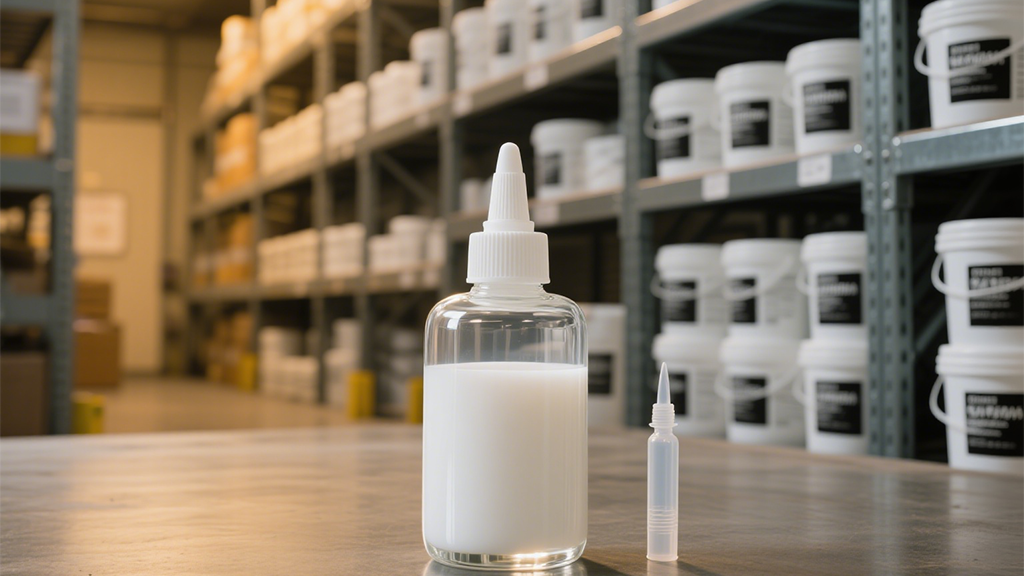Waterbased acrylic pressure sensitive adhesive storage requires controlled conditions to maintain emulsion stability, prevent degradation, and preserve performance properties (tack, adhesion, viscosity) until application, ensuring reliability in end-use. The adhesive should be stored in original, tightly sealed containers (preferably HDPE or stainless steel) to prevent water evaporation, contamination, and exposure to air, which can cause skinning (formation of a solid layer on the surface). Temperature control is critical—optimal storage is between 5°C and 35°C (41°F to 95°F), avoiding freezing (which ruptures emulsion particles, causing irreversible separation) and excessive heat (which accelerates microbial growth and polymer degradation, leading to yellowing or viscosity changes). Freezing must be strictly avoided; even if thawed, the adhesive will lose functionality due to damaged particles. Storage areas should be dry and well-ventilated to prevent condensation on containers, which can introduce excess moisture and dilute the adhesive. The adhesive should be kept away from direct sunlight and UV light, which can induce crosslinking and hardening over time. Inventory management follows a first-in, first-out (FIFO) system to minimize storage duration, with typical shelf life ranging from 6 to 12 months under optimal conditions, depending on biocide content. Before use, containers should be inspected for signs of degradation (separation, foul odor, lumps) and gently agitated to rehomogenize if needed, avoiding high-shear mixing that could break emulsion particles. Proper storage ensures the adhesive retains its intended properties, supporting consistent performance in applications like tapes, labels, and medical dressings.
